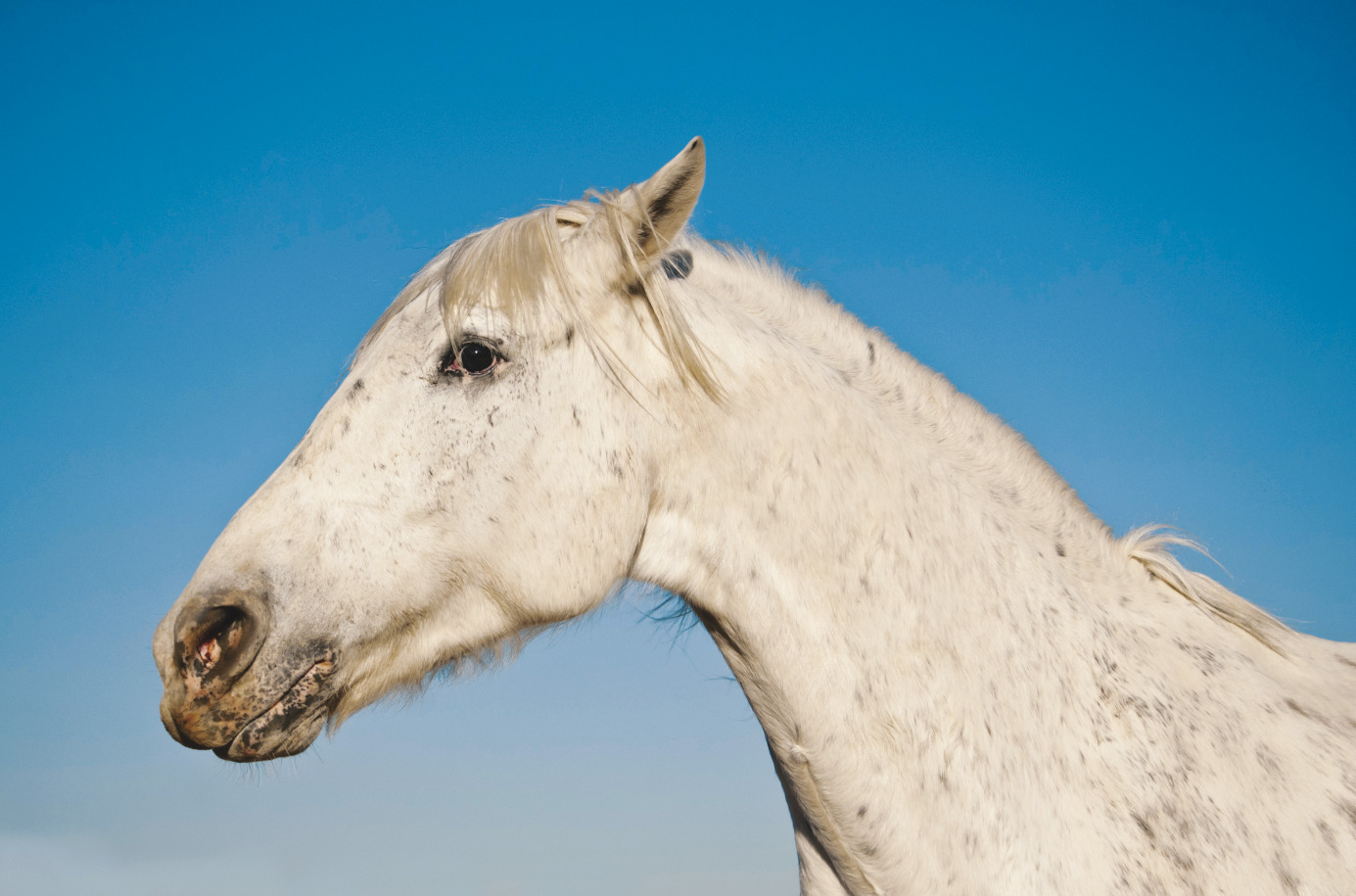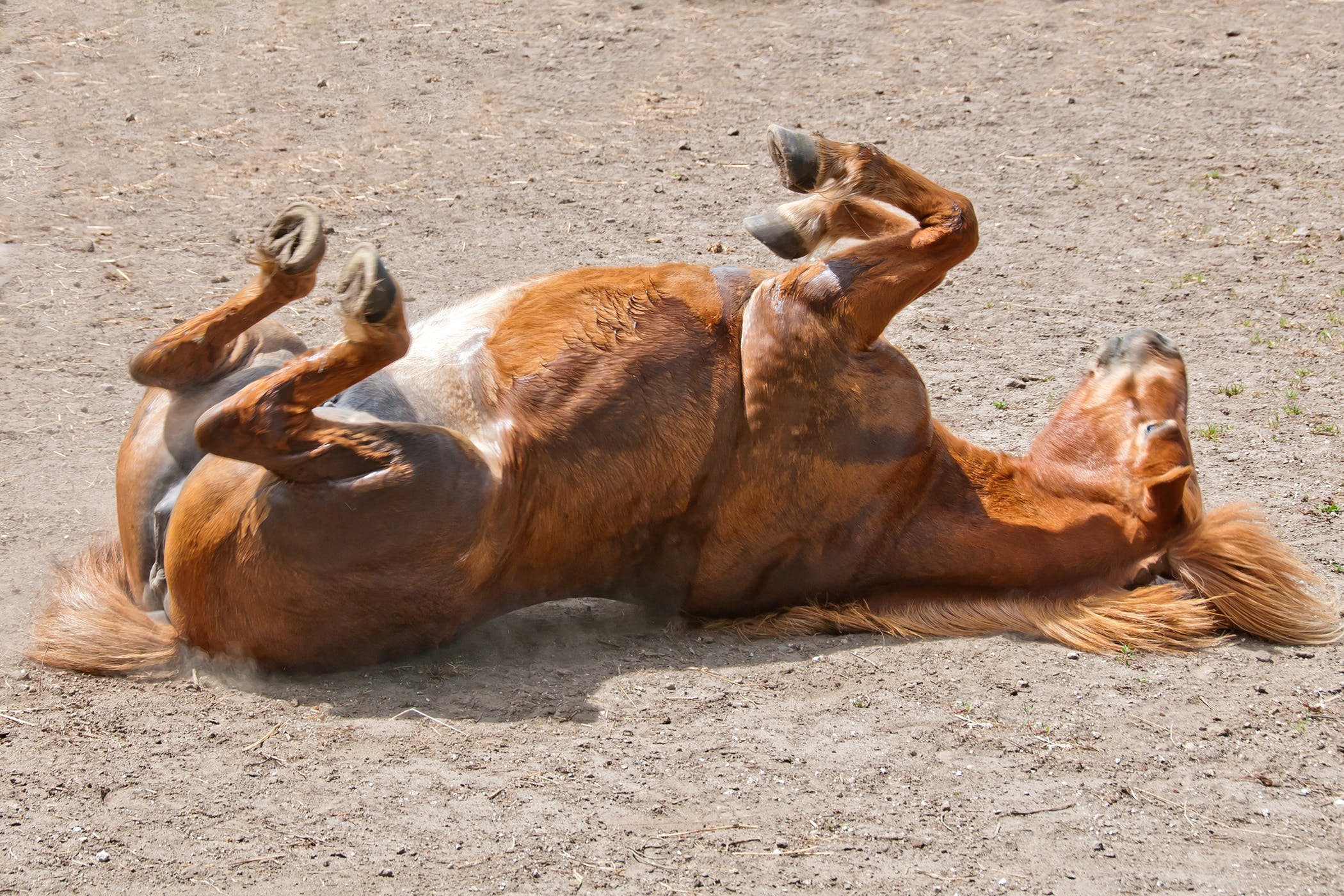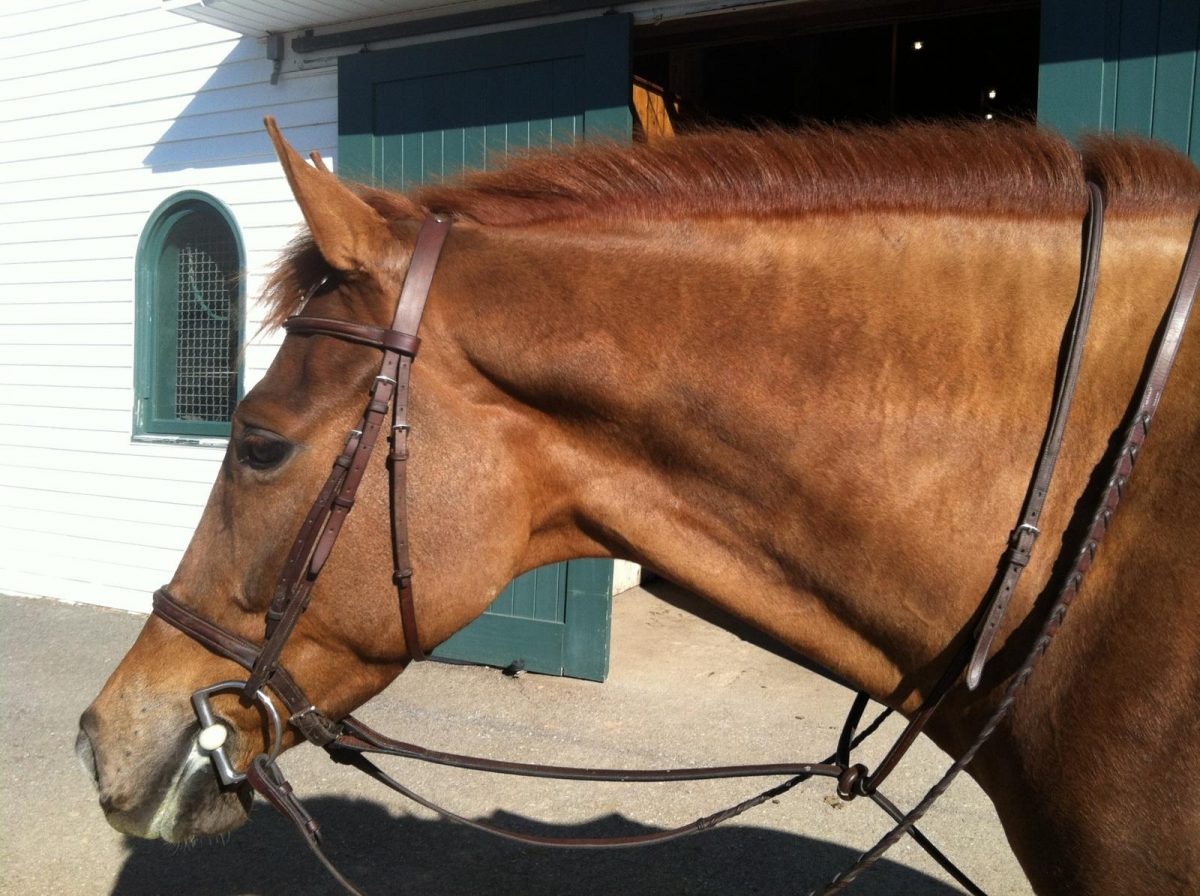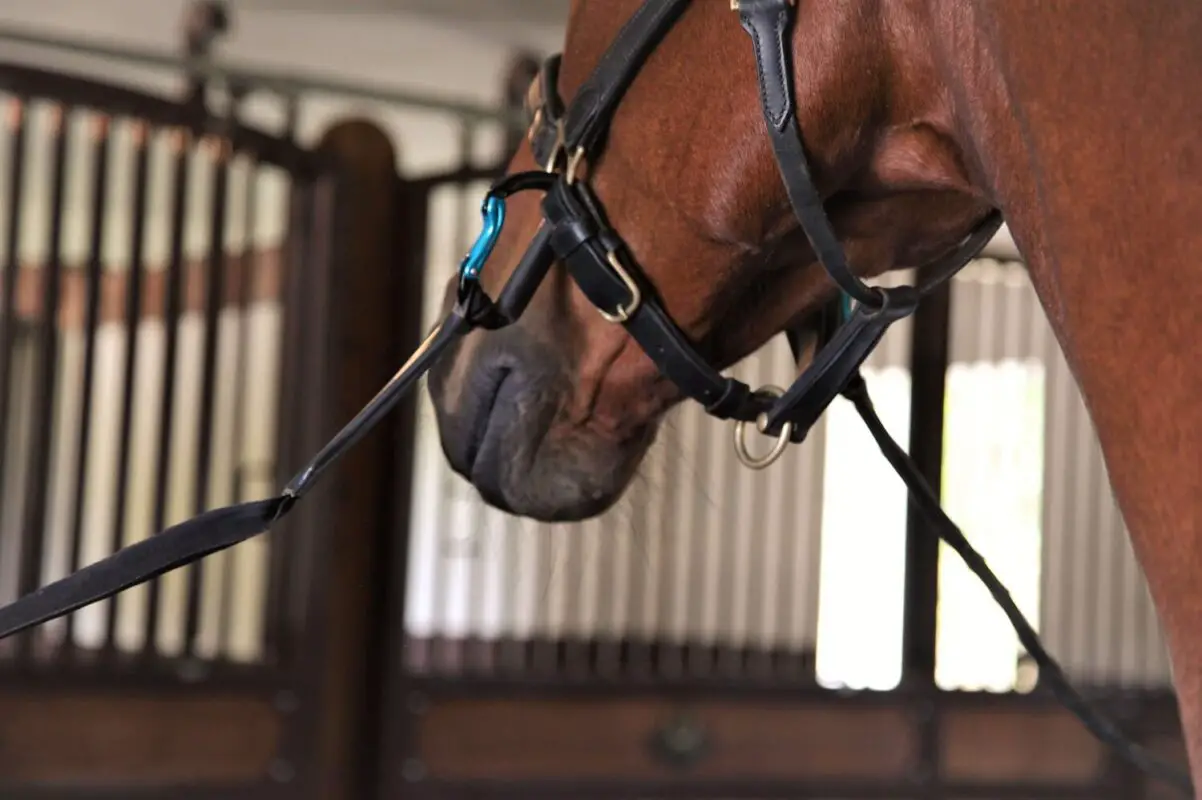Tying up, a colloquial term often used among equine enthusiasts and professionals, refers to a condition affecting our four-legged companions. It’s a situation that requires immediate attention and an understanding of the underlying complexities.
Defining Tying Up and Equine Rhabdomyolysis
At its core, “tying up” describes a painful muscle disorder known in veterinary medicine as equine rhabdomyolysis. This condition is characterized by the stiffening of a horse’s muscles, causing distress and immobility. It’s a situation that demands a swift response to alleviate the animal’s suffering and prevent further complications.
Recognizing Different Types of Muscle Cramping in Horses
Muscle cramping in horses can manifest in various forms, ranging from mild stiffness to severe muscle contractions. Understanding these differences is crucial for proper care and management. While some horses may experience an occasional cramp, others might be susceptible to chronic episodes, indicating a more serious underlying issue.
Identifying Symptoms of Tying Up

When it comes to detecting symptoms of tying up, horse caretakers must be vigilant. The signs can be sudden and alarming, making it imperative to recognize them early on.
Physical and Behavioral Indicators
The physical and behavioral indicators of tying up can vary but typically include muscle stiffness, excessive sweating, and reluctance to move. Horses may also exhibit signs of distress such as a rapid heart rate and labored breathing. Observing your horse’s demeanor and physical state is essential in identifying this condition.
Diagnosing Tying Up: From Azoturia to Monday Morning Disease
Diagnosing tying up can involve various terms and conditions, including azoturia and Monday morning disease in horses. These terms reflect the muscle damage and pain associated with the disorder, often linked to horses that have had a sudden change in their exercise routine or diet.
Exploring Causes of Tying Up in Equine

Investigating the causes of tying up in equine is a multifaceted process. From environmental influences to genetic predispositions, a myriad of factors can contribute to this condition.
Environmental and Genetic Factors
Environmental and genetic factors play significant roles in the development of tying up. Elements such as overexertion, stress, and improper stabling conditions can precipitate an episode. Additionally, some breeds are genetically more prone to experience this muscle disorder.
Triggers and Risk Factors for Horse Muscle Disorders
Identifying triggers and risk factors for horse muscle disorders is critical for prevention. Common triggers include excessive training, dehydration, and electrolyte imbalances. Recognizing these risks is the first step in managing the health and well-being of horses.
Proactive Management of Equine Rhabdomyolysis

Proactive management of equine rhabdomyolysis is essential for horse owners and caretakers. Staying ahead of the condition through preventative measures can save both the horse and owner from the distress and costs of treatment.
Preventing Tying Up in Horses: Strategies and Interventions
Preventing tying up in horses involves a strategic approach. This can include tailored exercise programs, stress reduction techniques, and regular veterinary check-ups. Implementing these interventions can significantly reduce the likelihood of an episode.
Exercise Regimes and Monitoring
When it comes to exercise regimes and monitoring, consistency and awareness are key. A well-thought-out exercise plan that gradually increases in intensity can help condition the horse’s muscles safely. Additionally, monitoring for any signs of discomfort during and after exercise can help catch any issues early.
Effective Treatment Options

Upon identifying an episode of tying up, effective treatment options must be considered promptly to relieve the horse’s discomfort and prevent further damage.
Immediate Care for Tying Up
Immediate care for tying up involves several steps, such as discontinuing exercise, providing a calm environment, and administering prescribed medication. Quick action can make a significant difference in the horse’s recovery process.
Long-Term Rehabilitation and Recovery
Long-term rehabilitation and recovery require a patient and methodical approach. The rehabilitation plan may include rest, controlled exercise, and physiotherapy. Recovery time can vary, but with proper care, most horses can return to their regular activities.
Dietary Considerations for Horses Prone to Tying Up

For horses prone to tying up, dietary considerations can play a crucial role in managing the condition. An appropriate diet can support muscle health and reduce the chances of an episode.
Optimal Nutrition for Muscle Health
Optimal nutrition for muscle health includes a balanced diet rich in antioxidants, vitamins, and minerals that support muscle function. Ensuring the horse receives adequate forage and carefully measured grain intake is part of this nutritional strategy.
Supplements and Feeding Schedules
Incorporating supplements and adhering to proper feeding schedules can also be beneficial for horses with a history of tying up. Supplements such as vitamin E and selenium may be recommended, and feeding schedules should align with the horse’s exercise routine to ensure energy levels are appropriately managed.
If you’re passionate about horse care and well-being, you might be exploring various conditions and equipment related to horses. For instance, if you’re looking into muscular issues like “tying up” in horses, understanding preventative care and treatment is essential. To complement your knowledge, we have insightful articles on other horse-related topics. Learn about the basics of horse housing with our article on what is rough board for horses, or delve into protective gear by reading about what brushing boots are for horses. Moreover, it’s crucial to be informed about harmful practices, so we recommend our article on what is soring a horse to help you advocate for equine welfare.
Conclusion: Key Takeaways for Managing Tying Up

In conclusion, managing equine rhabdomyolysis requires a comprehensive understanding of the condition, recognizing the importance of early detection, and implementing preventative measures. By maintaining awareness of the causes and symptoms, ensuring proper nutrition and exercise, and providing immediate care when needed, horse owners can effectively manage the risks associated with tying up in horses.



